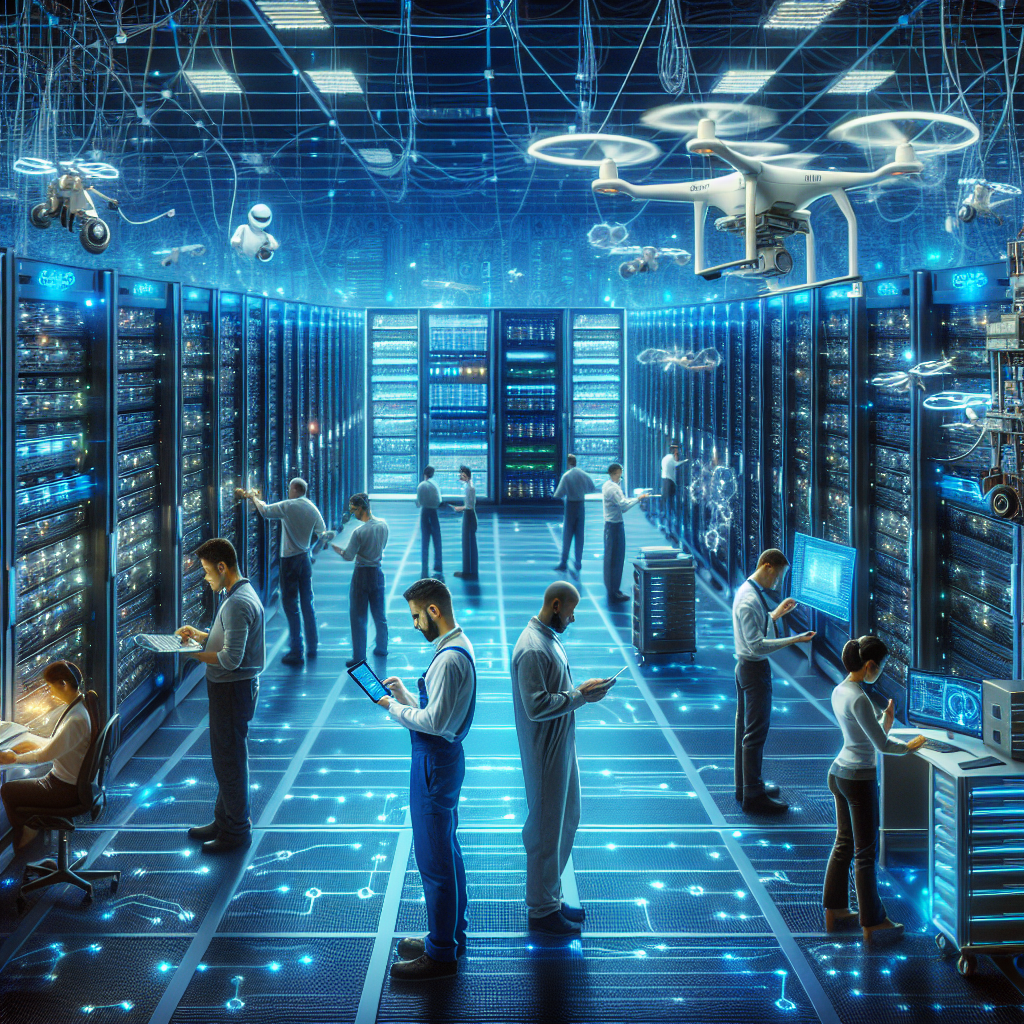The Future of Data Center Repair: Innovations and Challenges Ahead
With the rapid advancement of technology, the future of data center repair is set to undergo significant changes in the coming years. Innovations in data center infrastructure and maintenance practices are expected to revolutionize the way data centers are managed and repaired. However, these advancements also come with their own set of challenges that need to be addressed.
One of the key innovations in data center repair is the adoption of predictive maintenance techniques. By using advanced analytics and machine learning algorithms, data center operators can predict potential equipment failures before they occur. This proactive approach not only helps in preventing downtime but also reduces the overall maintenance costs. Predictive maintenance can also extend the lifespan of critical equipment, leading to improved efficiency and reliability of data center operations.
Another trend in data center repair is the use of remote monitoring and management tools. With the increasing complexity of data center infrastructure, it is becoming more difficult for technicians to physically access and repair equipment. Remote monitoring tools allow operators to track the performance of data center equipment in real-time and diagnose issues from a central location. This not only saves time and resources but also minimizes the risk of human error during repairs.
The adoption of automation and robotics in data center repair is also on the rise. Automated systems can perform routine maintenance tasks, such as replacing faulty components or updating software, without human intervention. This not only speeds up the repair process but also reduces the reliance on skilled technicians for basic maintenance tasks. Robotics can also be used in hazardous environments or hard-to-reach areas within the data center, improving safety and efficiency.
Despite these advancements, there are several challenges that data center operators need to overcome in order to fully realize the benefits of these innovations. One of the main challenges is the high cost associated with implementing new technologies and training staff to use them effectively. Data center operators also need to ensure that their infrastructure is compatible with these new tools and that they have the necessary resources to support them.
Security is another major concern when it comes to data center repair. As data centers become more interconnected and reliant on cloud services, they are increasingly vulnerable to cyber-attacks and data breaches. Operators need to implement robust security measures to protect their infrastructure and sensitive data from unauthorized access. This includes securing remote monitoring tools and ensuring that automated systems are not susceptible to hacking or manipulation.
In conclusion, the future of data center repair is bright, with exciting innovations on the horizon. By adopting predictive maintenance techniques, remote monitoring tools, and automation technologies, data center operators can streamline their repair processes and improve the overall efficiency of their operations. However, it is important to address the challenges associated with these advancements, such as cost, security, and compatibility, in order to fully realize the benefits of these innovations. With careful planning and investment, data center operators can stay ahead of the curve and ensure the smooth functioning of their infrastructure in the years to come.


